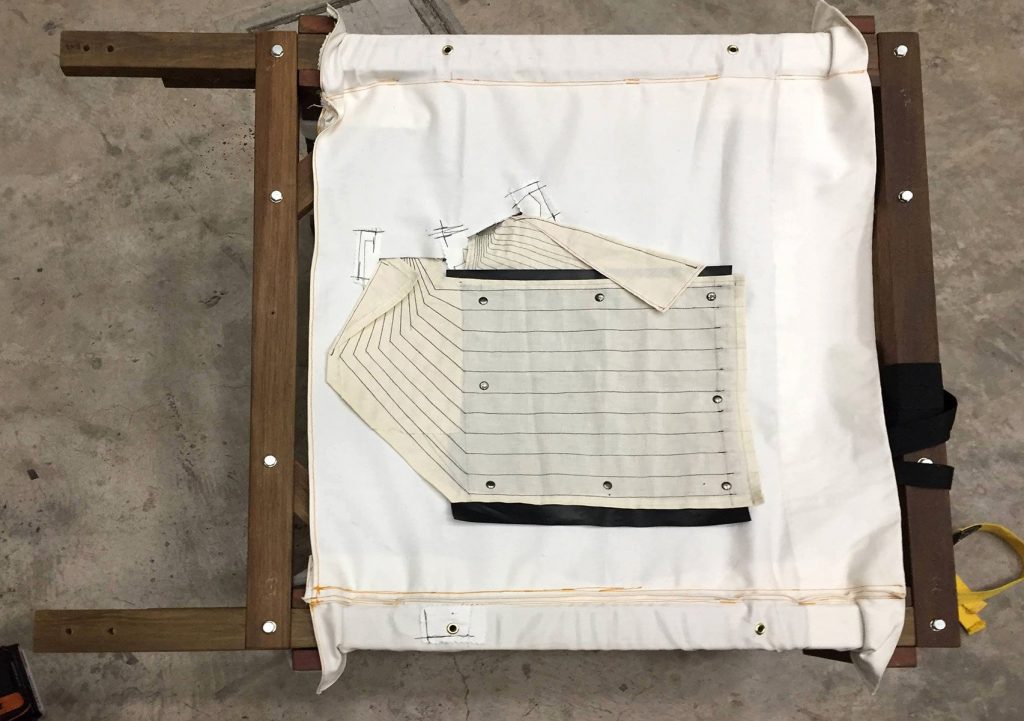As artists we are constantly looking for meaning to be attributed to our work, be it for commercial, social or personal causes. In the commercial space, I think the relationship between practice and product is clear and direct; work is created for a pre-agreed amount. Personal works are similar; it is done for one’s personal benefit and enjoyment, any additional benefits that come with it are complementary and mostly welcomed. Yet, in the social causes category, I think there is much more room for ambiguity and interpretation, manipulation and perhaps even (unfortunately) deception.
In an ideal society, problems are identified and solved progressively by people in power, with money and organisation. Therefore, in the un-ideal real world, many problems have to be solved in other, innovative and convoluted ways. And artists, being creative as we are, have discovered the potential of tapping on this attractive source of funding. It is the perfect marriage between ‘helping’ well-endowed individuals/organisations spend their money meaningfully and achieving a higher purpose in individual self-actualisation. In essence, it is similar to many other mechanisms in seemingly disparate fields; exploratory scientific research, nature conservation or humanitarian work etc.
All is well, but there is sometime uneasy about artists being engaged in social issues. Are we, as artists, privileged in our own way, have a sufficient level of understanding of such multifaceted complex issues to be able to address and propose appropriate solutions? Inherently, there is also a conflict of interest whenever there is monetary exchange involved; how much of the resources are actually spent on the social cause being addressed.
I would also argue that tackling social issues through artistic points of view could prove to be detrimental in some cases. Many social issues are exactly what they are; social in nature. As such, solutions can be simple and direct; sometimes people just need help, right there and then, till they get back on their feet, some never do. Introducing another element into the process could perhaps over-complicate/obfuscate the real issue, unnecessary diversion of funds notwithstanding. I do recognise the need for people to be compensated for their efforts in organising such efforts, but the real question is perhaps what constitutes a fair amount, and what qualifications/experiences are prerequisites, if any.
Having to lower one’s rhetoric in order to please donors, mopping up the symptoms of social problems instead of going after the disease itself, and, ultimately, reducing the vital work of political organizing to a symbolic gesture
I think this excerpt sums up quite nicely my thoughts on the issue. My gripe with artists trying too hard to ‘organise’ social causes is that the effort could easily be consumed eventually by something else altogether. With that said, I think this approach is a complex and possibly viable option going forward, but is easily subjected to abuse. Unfortunately I do not have a sound proposal for what could work, but I do believe that in today’s increasingly interconnected societies, misinformation, misdirection and misrepresentation are some of our civilisation’s most pressing problems. Competition, scarcity and consumerism have placed us on a relentless pursuit of intangible heights. Therefore, I feel social causes should remain as ‘pure’ as it possibly can in logistical and philosophical terms. Art can be employed in a complementary way, but not as a way to ‘sell’ the idea to attract funding.






